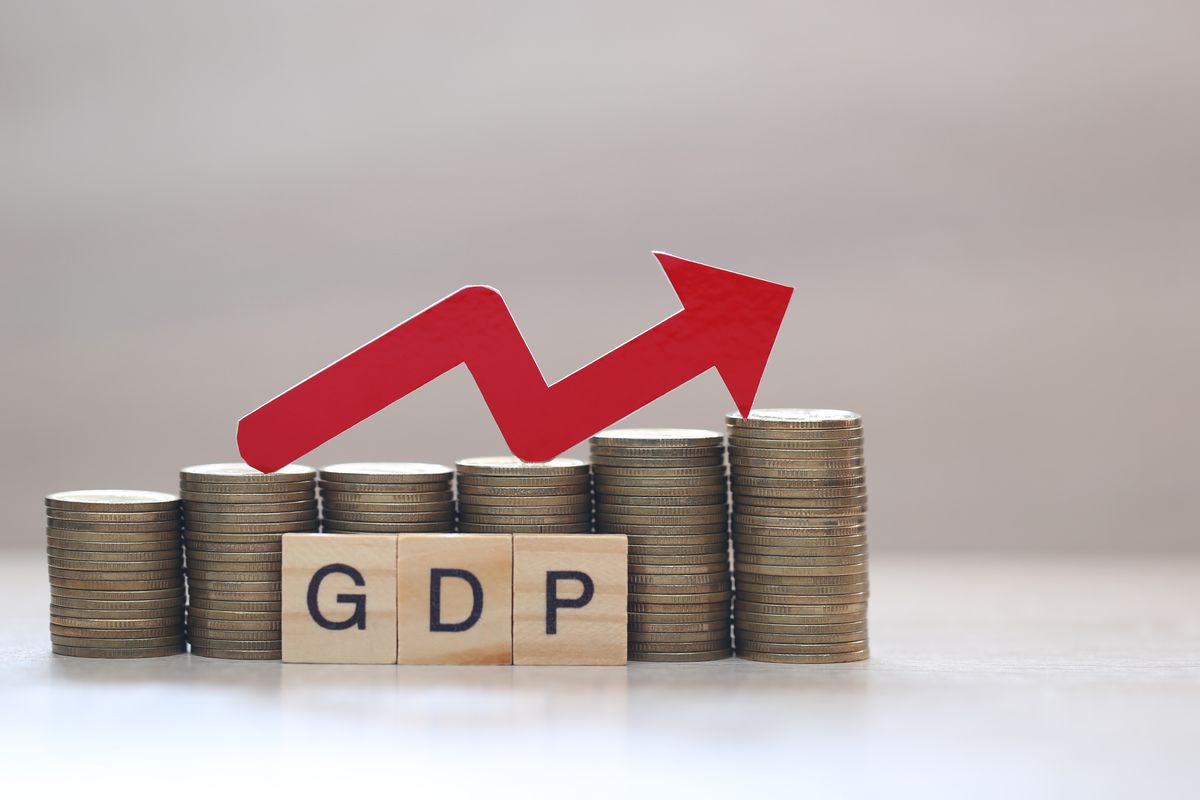Pakistan forecasts 4.2% growth in FY26 on farm, factory gains
Agriculture rebounds, industrial recovery drives cautious optimism amid external risks
Business Desk
The Business Desk tracks economic trends, market movements, and business developments, offering analysis of both local and global financial news.

Pakistan’s economy is projected to grow by 4.2% in FY2025-26, driven by a strong rebound in agriculture and promising signs of industrial recovery, according to the government’s latest economic outlook.
The upbeat forecast reflects cautious optimism rooted in improved crop yields, expanding manufacturing activity, and revitalized services, despite lingering external sector vulnerabilities.
According to Planning Commission documents, the commodity-producing sectors are expected to be the backbone of this growth, with agriculture forecast to rise by 4.5%, thanks to improved output in major crops—particularly a 6.7% increase in important crops and a remarkable 7 per cent rebound in cotton—alongside strong performance in livestock.
Large-Scale Manufacturing (LSM) is also expected to grow by 3.5%, supported by gains in mining and quarrying (3.0%), and a rebound in construction and energy sectors.
The services sector—the largest contributor to GDP—is projected to expand by 4.0%, buoyed by stronger retail trade, transport, communications, financial services, and real estate activities.
Policymakers stress, however, that these projections depend heavily on maintaining macroeconomic stability and sound policy management.
On the investment front, national savings are expected to remain steady at 14.3% of GDP, while investment is forecast to climb to 14.7% of GDP in FY2025-26, up from 13.8% in the outgoing fiscal year.
Public investment is set to rise modestly from 2.9% to 3.2% of GDP, while private investment is projected to grow from 9.1% to 9.8%, reflecting a cautiously improved investment climate.
The fiscal and monetary framework will continue to emphasize stability, with inflation expected to average 7.5%, aided by a low base effect and ongoing tariff rationalization.
Nonetheless, risks to the external sector persist, including pressure from debt repayments, trade imbalances, and import restrictions. Policymakers are banking on sustained remittances, moderate import growth, and anticipated external financing to cushion these challenges and ensure external sustainability.
The government outlook, while optimistic, remains conditional on prudent management of domestic and international risks, including global commodity price shocks and domestic political uncertainty.










Comments
See what people are discussing